Permian Oil Boom Uncorks Multibillion-Dollar Water Play
Producing oil produces even more water. Getting rid of it is a large and expanding business.
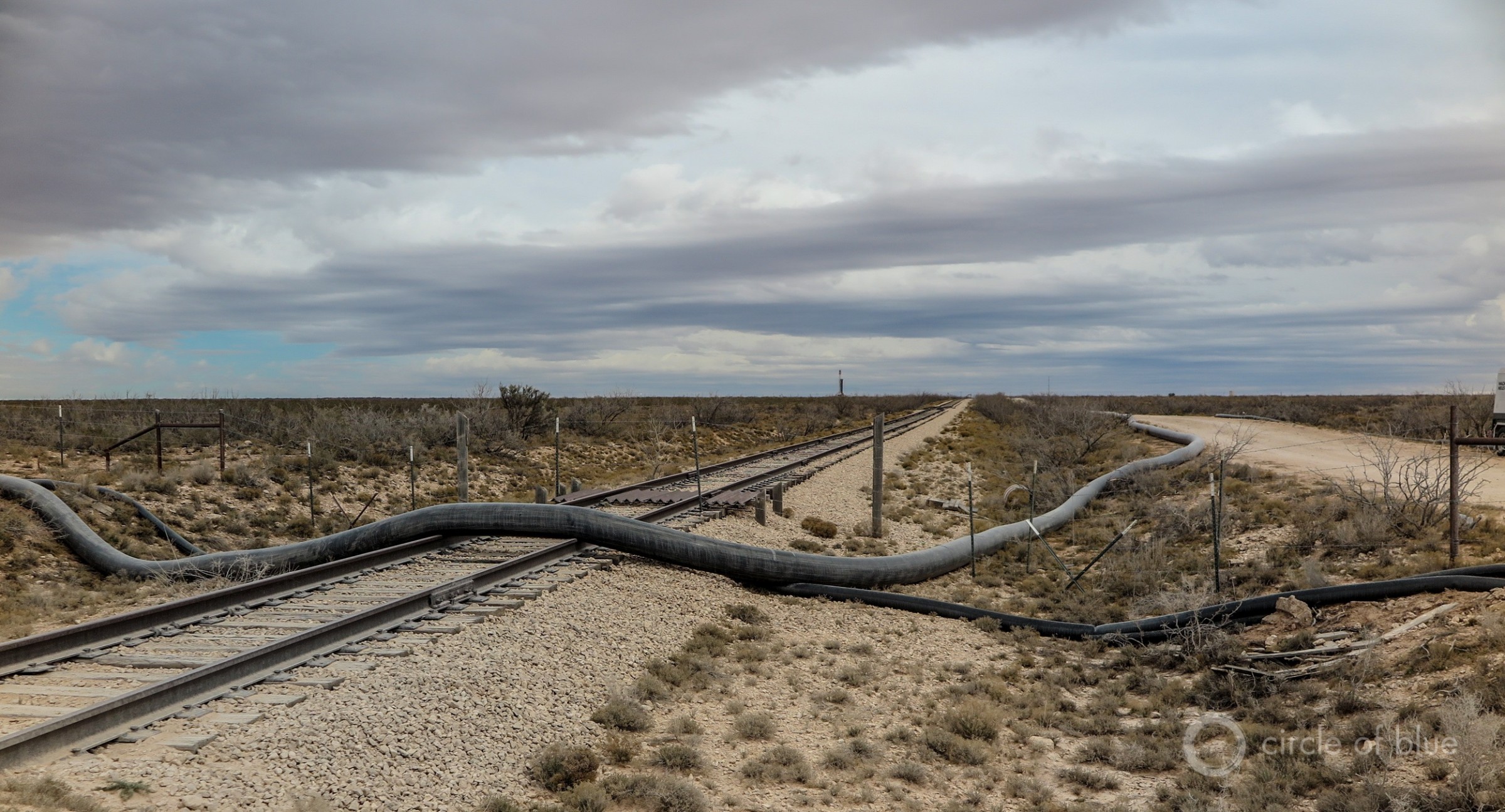
Water lines snake across the Permian basin. Photo © Keith Schneider/Circle of Blue
By Brett Walton, Circle of Blue
- Producing oil produces even more water: two to five barrels of water for every barrel of fracked oil
- Produced water, as the industry calls it, is a noxious mix, a hypersaline brine that includes chemicals used during fracking and trace minerals and radioactive elements that are naturally present at depth
- IHS Markit, a research and consulting firm, reckons that the overall market for water in the Permian totaled $12.2 billion in 2018. That includes sourcing water for fracking, transporting, storing, treatment, and disposal of produced water
- Groundwater and surface water are under immense pressure in arid western Texas
The Permian basin, a chunk of western Texas and southeastern New Mexico that is larger than most eastern U.S. states, is the hottest thing in oil these days. Production there, spurred by growth in fracked oil from stacks of shale formations thousands of feet below ground, has helped drive America’s oil output to its highest level ever, nearly 12 million barrels per day.
The United States is now the world’s largest crude oil producer, and close to one-third of the country’s output comes from the Permian.
Oil is not the only liquid that emerges from the Permian’s wells. Producing oil produces even more water: two to five barrels of water for every barrel of fracked oil. (A barrel equals 42 gallons.) As oil production climbs to new heights, the basin is swimming in its own wastes.
Produced water, as the industry calls it, is a noxious mix, a hypersaline brine — much saltier than the ocean — that includes chemicals used during fracking and trace minerals and radioactive elements that are naturally present at depth. Disposing of produced water is one of the largest operating costs for an oil well. The financial outlay also makes it an underappreciated risk.
“Produced water can be the biggest disruptor of oil and gas,” Benjamin Reed, chief operating officer of SourceWater, a produced water data firm, told Circle of Blue. “You can’t just dump it on the ground.” Not having a means for getting rid of produced water “could literally shut down the oil industry,” he said.
The Permian is not at that point yet. There are several thousand disposal wells in the Texas section alone. But the basin is arid, produced water is plentiful, disposal regulations are tightening, and investors see an opportunity to consolidate a fragmented water disposal sector into cohesive units that resemble the pipeline networks that ferry oil and gas from the wellhead to refineries. As a result, the basin is attracting hundreds of millions of dollars in capital.
This week, Solaris Water Midstream said it would expand its Pecos Star pipeline system 125 miles into Lea County, New Mexico after signing an agreement to handle water logistics for 369,000 acres on which Marathon Oil operates. On completion, the system will include 300 miles of permanent pipeline and 200 miles of temporary lines, Solaris says.
A few days earlier, Blackstone, the New York private equity firm, announced a $500 million investment in Waterfield Midstream, a new water logistics company.
One of the biggest produced water players is WaterBridge, a company backed by Five Point Capital Partners. WaterBridge bought the water infrastructure assets of Halcon Resources in a deal valued at $325 million. That includes 60 miles of pipelines, 10 disposal wells, and a 15-year agreement from Halcon to use its services. WaterBridge also bought the water assets of NGL Energy Partners for $238 million.
IHS Markit, a research and consulting firm, reckons that the overall market for water in the Permian totaled $12.2 billion in 2018. That includes sourcing water for fracking, transporting, storing, treatment, and disposal of produced water.
Gabriel Collins, an energy fellow at Rice University’s Baker Institute, told Circle of Blue that the market for produced water alone is several billion dollars a year and could climb to $10 billion or more in the near future as the volume of produced water continues to grow. Collins forecasts that the Permian could be producing an additional 4 million barrels of water a day by August 2021. That’s on top of the 10 million to 12 million barrels a day that are currently being produced.
Interest in produced water is high, and rising. Organizers of the Permian Basin Water in Energy Conference expect more than 600 attendees at their second annual gathering next week, up 40 percent from the inaugural year. The Texas House of Representatives, meanwhile, held a joint committee hearing on February 6 to discuss produced water and other water uses in oil and gas. And last year, the U.S. Environmental Protection Agency signed a memorandum of understanding with two New Mexico resource agencies to explore options for reusing produced water in that state. The group issued a white paper last November. The EPA is also conducting a national study for managing produced water.
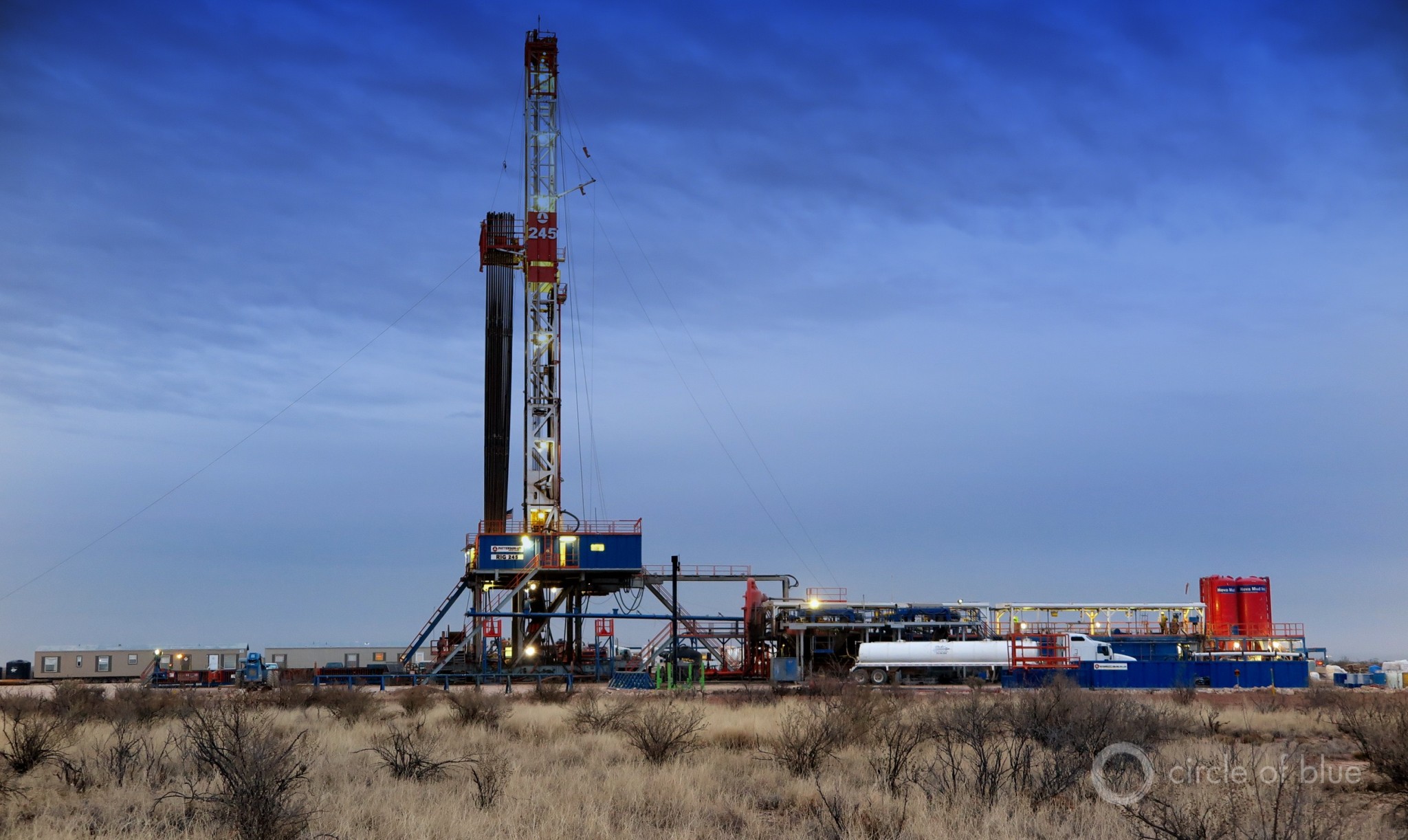
A drilling rig explores for oil in southeast New Mexico’s Permian Basin, one of the most productive sources of shale oil in the United States. Photo © Keith Schneider / Circle of Blue
“One thing that does worry people, is that if production keeps growing the amount of produced water has to go somewhere,” Collins said, referring to the Permian. “Recycling can knock down the top of the mountain but at the end of the day you still have significant disposal needs. It’s all very much on the minds of producing companies.”
Shale Meets Water
In conventional oil fields, produced water would be reinjected into the same field, in order to maintain pressure so that more oil could be pumped out.
The shale oil revolution today is a different dynamic, Collins explained. The shale layers are tightly packed, and there’s not enough space for reinjection. Produced water must instead be disposed of in another way.
EPA rules do not allow produced water from shale formations to be sent to municipal wastewater treatment plants.
There are two options for produced water. The most common is a disposal well, which injects the brine deep underground. With an eye toward avoiding the earthquake problems that plagued disposal wells in Oklahoma, Texas regulators have started to limit injection pressures in areas with seismic concerns.
The second option is reuse, which has been growing in recent years. More and more oil companies are using lightly treated produced water as a replacement for fresh water in fracking operations. Prodigious volumes of water are required to crack open shale layers. A Duke University study last year found that Permian wells used more water for fracking than any other U.S. oil and gas region, and experienced the highest growth in water use per well, a nine-fold increase since 2011.
Collins estimates that recycled produced water accounts for about 10 percent of fracking water in the Permian. Some companies are even more invested. In 2018, Fasken Oil and Ranch sourced three-fifths of its fracking water from recycled produced water, according to Bo Farris, a facilities and water resource engineer.
Reuse of produced water for fracking is widely praised. “From our standpoint, that’s a good idea,” Dan Mueller, an oil and gas expert at the Environmental Defense Fund, told Circle of Blue. “You’re not putting demand on local water sources.”
Pipelines are the cheapest way to move water around the region, far less expensive and disruptive than trucks, which clog roads. Convenient transport is the key to expanding the market for reusing produced water.
“We make water where we don’t want it, and we want water where we don’t have it,” quips Kerry Harpole, water management technical adviser for Marathon Oil.
Once it is built out, an integrated pipeline network for produced water will ease those logistical issues, Collins said.
But there are still environmental risks with a pipeline network.
“The nightmare scenario is a large-scale spill or release of produced water,” Collins said. “It would get attention very quickly at the state and even federal level.”
Produced water spills, while less eye-catching than oil spills, are nonetheless extremely damaging to soil and groundwater. The saline and toxic brines can have biblical consequences, salting the earth for generations. The Texon Scar, a 2,000-acre patch of dead earth in the basin’s southeast, is the legacy of dumping oilfield wastewater on the ground in the 1920s.
More recently, an Associated Press examination of state records from 2009 to 2014 found wastewater spills totaling 175 million gallons in 11 oil and gas producing states.
The chemical contaminants alone are reason to be cautious about reusing treated produced water outside the oilfield, says Luke Metzger, executive director at Environment Texas. State and federal agencies have toxicity data for only a few hundred of the thousands of chemicals in the brine.
“We should not leap before we look very, very closely,” Metzger said during the Texas House hearing on February 6.
Texas A&M University has already carried out pilot tests irrigating cotton with treated produced water.
When Metzger raised these concerns at the hearing, lawmakers seemed uninterested or dismissive. Rep. Lyle Larson was the only member to engage with Metzger.
Groundwater and surface water are under immense pressure in arid western Texas, Larson said. Treating produced water and putting it on crops or in rivers or using it to cool power plants is something the region sorely needs, he argued. The state should absolutely consider it.
“We could definitely use the billions of gallons of water we’re using in the oilfield and put it for use in [agriculture], and it takes the pressure off our freshwater columns and our aquifers,” Larson said. “So I would take exception. I’d say we need to do everything we can to encourage that.”
Brett writes about agriculture, energy, infrastructure, and the politics and economics of water in the United States. He also writes the Federal Water Tap, Circle of Blue’s weekly digest of U.S. government water news. He is the winner of two Society of Environmental Journalists reporting awards, one of the top honors in American environmental journalism: first place for explanatory reporting for a series on septic system pollution in the United States(2016) and third place for beat reporting in a small market (2014). He received the Sierra Club’s Distinguished Service Award in 2018. Brett lives in Seattle, where he hikes the mountains and bakes pies. Contact Brett Walton

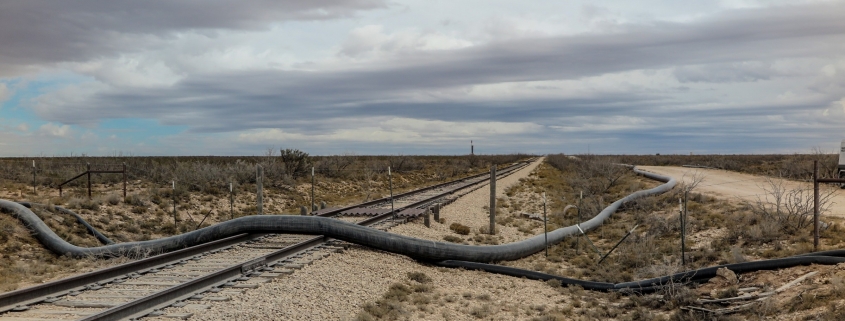

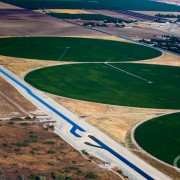

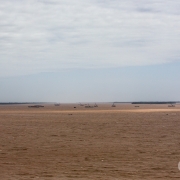
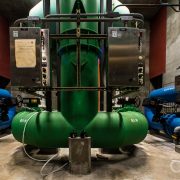




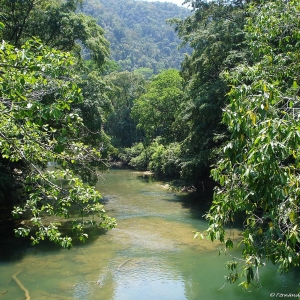
Leave a Reply
Want to join the discussion?Feel free to contribute!